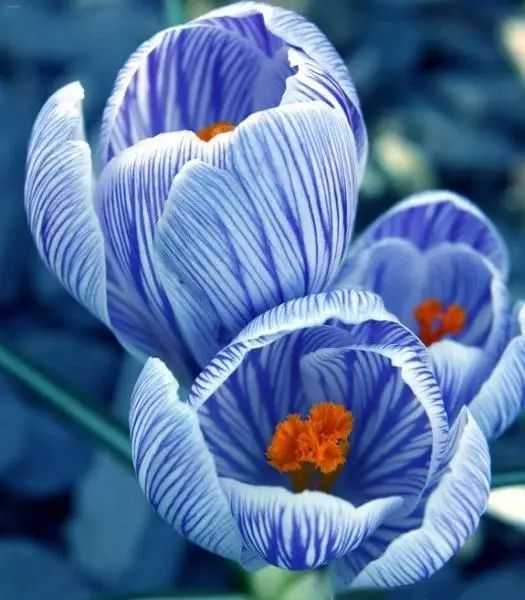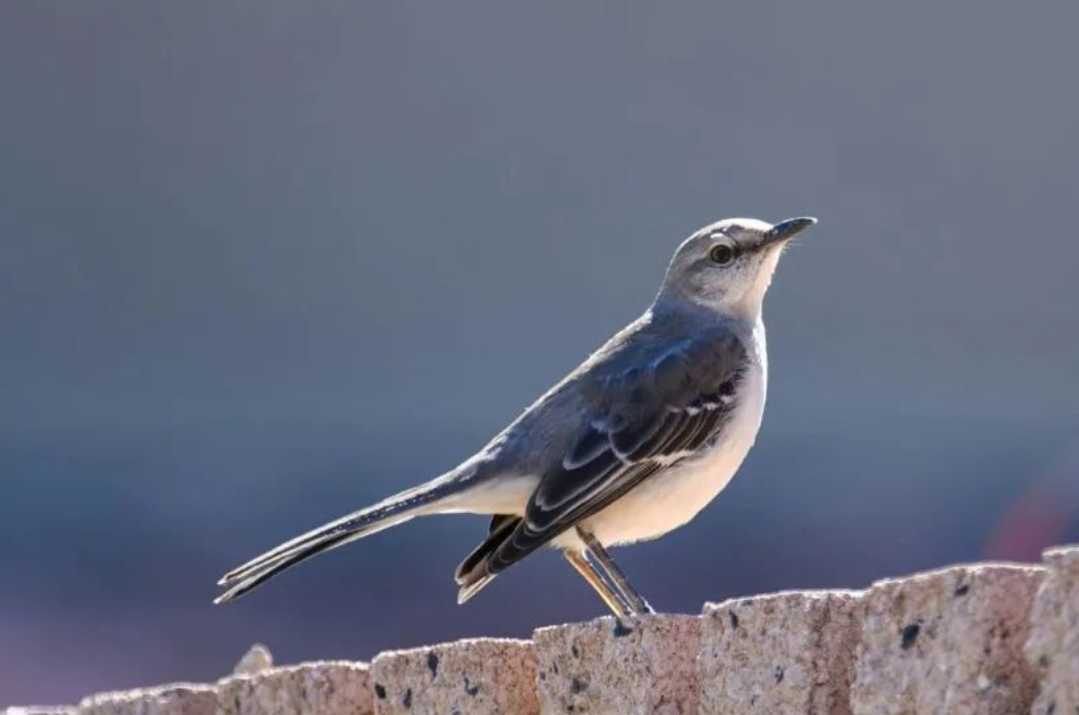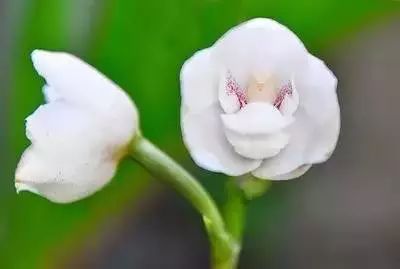The Charming Dutch Crocus: A Herald of SpringThe Dutch crocus, scientifically known as Crocus vernus, is a captivating member of the iris family that brings a splash of color to gardens in the early spring. Native to the alpine regions of the Alps, Pyrenees, and Balkans, this perennial corm - based plant has found its way into gardens worldwide, enchanting both novice and experienced gardeners alike.
June 17, 2025, 11:49 am EDT
The Charming Dutch Crocus: A Herald of Spring
A Stunning Display of Colorful Blooms
Growth Habits and Requirements










